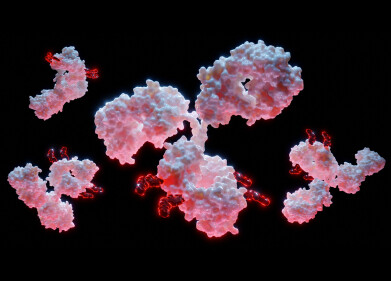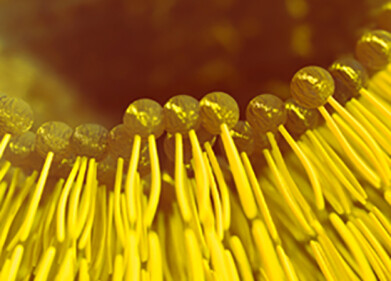Columns (LC)
Chromatography Discovers Royal Purple Fabrics Worn by Ancient Kings
Mar 01 2021
Textiles have been dyed since prehistoric times using animal and plant dyes. To historians and archaeologists, the colour of textiles in use helps to provide an insight into cultures and societies. How fabric dying was used can tell us about technology, fashion, agriculture, and trade in ancient society, it can also help us to understand the culture of a city too.
One colour that holds a great significance is purple, especially in biblical times where the colour was reserved for royalty. But in a paper published in the PLOS One - Early evidence of royal purple dyed textile from Timna Valley (Israel) – researchers from Israel have for the first time found fabric dyed with purple dating from the time of David and Solomon. And chromatography was on hand to identify just what the dyers used to get the right shade of purple.
Purple dyes, purple dyes…
For several years, researchers have been investigating an Iron Age smelting site in the Timna Valley in Israel. They found some textiles at the site which was in an ancient copper production area of Israel. They found some fabric, fibres and a tassel that were coloured purple – the colour of royalty. Using radiocarbon dating, they found that the items date from around 3000 years ago – the time of David and Solomon in Jerusalem.
The team analysed the dye from the fabrics using High Pressure Liquid Chromatography (HPLC) to identify the organic material. HPLC is an advanced analytical technique used to separate compounds from a sample matrix. Methods to improve the technique are discussed in the article, Considerations for Sample Injection in High-Throughput Liquid Chromatography.
True purple – fit for a king
The team found that the items were dyed true purple as opposed to imitation purple. True purple was produced from three species of sea molluscs that were common in the Mediterranean Sea. Imitation purple was made from cheaper materials using different techniques. True purple was described in ancient Roman texts as a colour that does not fade easily. The dying process was complex and involved several stages.
This is the first time that purple-dyed Iron Age textiles have been found in Israel or the surrounding area. In a press release, Dr Naama Sukenik from the Israel Antiquities Authority said:
This is the first piece of textile ever found from the time of David and Solomon that is dyed with the prestigious purple dye. In antiquity, purple attire was associated with the nobility, with priests, and of course with royalty.
Events
Jan 20 2025 Amsterdam, Netherlands
Feb 03 2025 Dubai, UAE
Feb 05 2025 Guangzhou, China
Mar 01 2025 Boston, MA, USA
Mar 04 2025 Berlin, Germany













